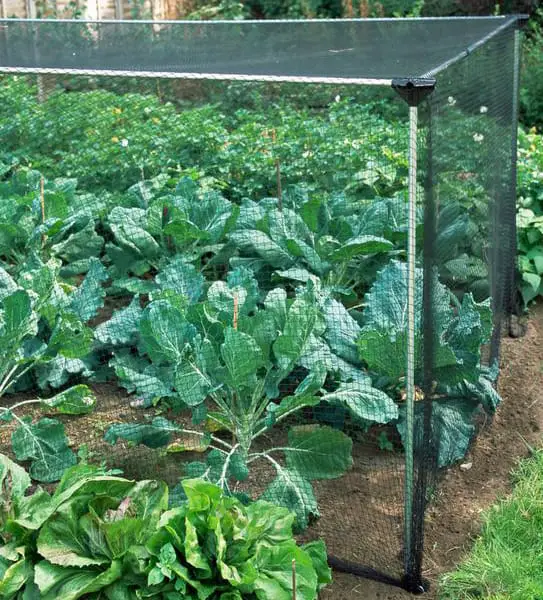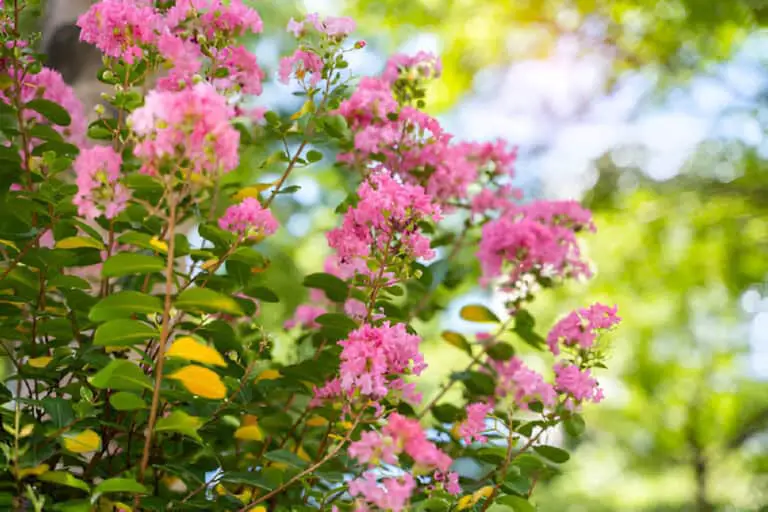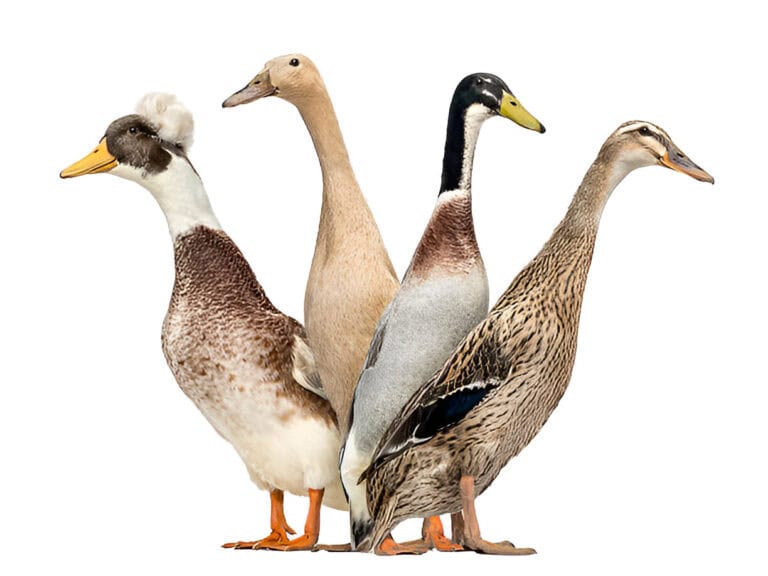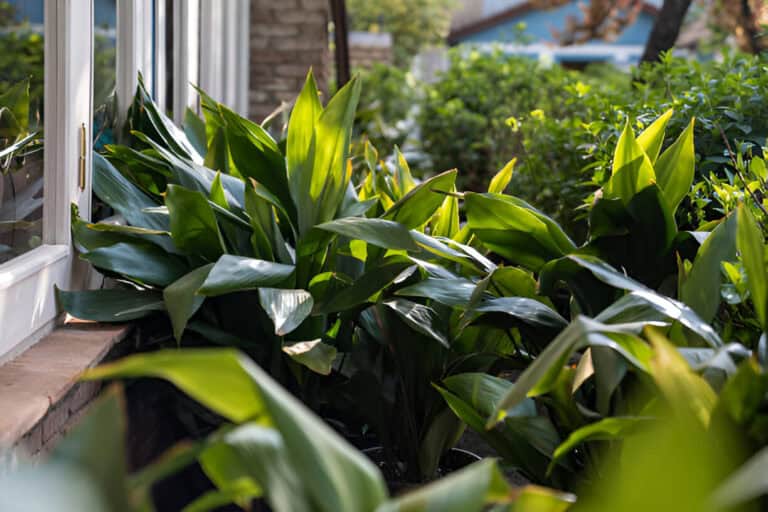How Long Does Cantaloupe Take to Grow and Produce? Days To Maturity

Who doesn’t love a juicy and delicious slice of cantaloupe on a hot summer day? Cantaloupe is a versatile fruit that can be eaten fresh, used in smoothies, or even grilled to perfection.
But have you ever wondered how long it takes for a cantaloupe to grow and mature before it can be harvested? Well, you’re in luck because we have all the juicy details on this topic.
The length of time it takes for a cantaloupe to grow and mature varies depending on various factors such as soil and environmental conditions, water and nutrient availability, and pest and disease management. But the average days to maturity for most cantaloupe varieties range from 70 to 100 days.
Whether you’re a farmer looking to grow cantaloupe for commercial purposes or a home gardener looking to try your hand at growing this delicious fruit, knowing the days to maturity is essential for a successful harvest.
In this article, we’ll explore the factors that affect cantaloupe growth, the stages of cantaloupe growth and development, the days to maturity of different cantaloupe varieties, and tips for harvesting and storing cantaloupe. So sit back, grab a slice of cantaloupe, and let’s get started!
How Long Does It Take for Cantaloupe To Sprout?
Cantaloupe seeds need soil temperatures of at least 60 degrees to sprout with the ideal temperature for germination being around 80-90 degrees.
With cooler temperatures expect cantaloupe plants to take 1-3 weeks to germinate. With warmer temperatures cantaloupe seeds will sprout in around 4-8 days. Generally the longer seeds sit in the soil without sprouting the poorer germination rates will be and the higher the probability of needing to replant.
A soil thermometer and knowing the last expected frost date are the best way to tell when to plant almost everything in the garden. Knowing the last expected frost date is less relevant with warm weather plants that are planted later in the season like cantaloupe.
To get an accurate average of the soil temperature take the temperature between 9-11 AM when the soil has warmed up some from the nighttime temperatures but is not inflated by the afternoon sun. If it measures 60 degrees or more, you’re good to direct-sow cantaloupe seeds.
How Long Does It Take for Cantaloupes to Grow After Flowering?
Cantaloupe plants will start to flower about 40 days after sprouting. After a cantaloupe plant begins to flower but no fruit, there will be 5 weeks until ripe, ready-to-pick cantaloupe will be on the plant.
Male flowers appear on the plant first, about 7–10 days before female flowers. You can tell that a female flower has been successfully pollinated when it grows to the size of a golf ball. From here, a cantaloupe will develop and be ripe in about 35 days.
The difference between male and female cantaloupe flowers is the bulge on the stem right behind the female flowers. This bulge is an ovary that will develop into a cantaloupe after being pollinated. Once pollinated, a cantaloupe female flower or ovary will grow into a ripe, ready-to-pick cantaloupe in 30–40 days.
How Many Cantaloupes Does One Plant Produce?

One cantaloupe plant will generally produce between 4 and 7 cantaloupes. The most important thing that affects how many cantaloupes a plant will produce is what type or variety of cantaloupe it is.
Plant spacing is also an important thing to think about when growing crops because it affects many things, such as crop yield, plant growth and development, and the quality of the fruit. Most of the time, when there are more plants in an area, the yield per plant goes down because the plants are competing for resources like water, nutrients, and light. This is often true for many fruit crops, as well as vegetables, grains, and other crops.
But a study that was published in the Journal of the American Society for Horticultural Science found that the distance between plants didn’t seem to make a big difference in how many cantaloupes were grown. Over three growing seasons, the study looked at how the yield and quality of cantaloupe changed when the number of plants was changed.
The researchers compared different spacing treatments, which ranged from 1.8 to 3.6 meters between rows and from 0.6 to 1.2 meters between plants within rows. They found that plant spacing did not have a significant effect on the yield of cantaloupe, although they did note that higher plant densities led to smaller fruit sizes.
High plant densities have been shown to hurt many other crops, so the results of this study were a bit of a surprise. But the fact that plant spacing has no effect on cantaloupe yield could be due to a number of things.
For example, cantaloupes are relatively shallow-rooted, so they may be able to access water and nutrients even when grown at high densities. Cantaloupes also have big, sprawling vines, which may help them get more light even when they are planted close to each other.
Despite the findings of this study, it is important to note that plant spacing may still have other effects on cantaloupe production. For example, if you plant cantaloupes too close together, you may increase the chance of disease or pest problems because the air won’t be able to move as well.
Also, there may be more competition for resources when there are a lot of plants, which could make the fruit smaller or of lower quality. So, when planning and managing cantaloupe production, it is still important to think about plant spacing.
Do Cantaloupes Come Back Every Year?
Cantaloupe plants are annuals that will die off after they produce fruit. Cantaloupe plants are warm-weather plants, but even in climates where cantaloupes can be grown all year, the plant will die off after producing mature fruit.
When a fruit is ready, hormones send signals to the plant to stop making more fruits. A mature fruit also means mature seeds. This is how the plant reproduces, and viable seeds will spread through the digestive systems of animals or fall directly into the soil as a cantaloupe breaks down.
Signs of Maturity in Cantaloupe
When it is time to harvest cantaloupes, it’s important to know the signs of maturity to ensure that you get the best possible fruit. There are several different signs that can indicate whether a cantaloupe is ready to be harvested, including size, color, and aroma.
Cantaloupe Size
One of the most obvious signs of maturity in cantaloupes is size. As the fruit grows and ripens, it will get bigger and bigger until it is the right size. The size of a mature cantaloupe will depend on the variety, but in general, it should be around 5-7 inches in diameter.
Take note that cantaloupes will not continue to ripen after they have been picked, so it’s important to wait until they have reached their full size before harvesting.
Cantaloupe Colour
Another sign of maturity in cantaloupes is color. When a cantaloupe is fully mature, it will have a creamy yellow or golden background color. The netting on the skin will also become more pronounced and will turn from green to tan.
In addition, the stem end of the fruit will begin to soften and turn slightly inward. These color changes are a good indication that the fruit is ready to be harvested.
Cantaloupe Aroma
Finally, aroma is another key sign of maturity in cantaloupes. When a cantaloupe is fully mature, it will have a sweet, musky aroma. To check the aroma, gently press your nose against the stem end of the fruit and take a sniff. If the cantaloupe has a strong, sweet aroma, it’s likely that it is fully mature and ready to be harvested. If the aroma is weak or nonexistent, it’s best to wait a few more days before checking again.
Cantaloupe Growing Tips
Growing cantaloupe is fun and rewarding, but you need to know what you’re doing and take care of it for a good harvest. Here are some tips to help ensure successful cantaloupe growth.
Location
Firstly, it is important to choose the right location for planting. Cantaloupes require plenty of sunshine and warm temperatures, so it is best to choose a spot that gets at least 6 hours of direct sunlight each day. The soil should be well-draining and fertile, with a pH level of around 6.0 to 6.8. It is a good idea to amend the soil with compost or well-rotted manure before planting to ensure that it is rich in nutrients.
Space
When planting cantaloupe, be sure to space the seeds or seedlings properly. Each plant needs about 3 feet of space in all directions to allow for proper growth and good air circulation.
Cantaloupes require a lot of space after transplanting—typically 5 feet between rows. If you’re short on space, consider growing them vertically with a trellis. The plant will need to be supported with plant ties because the tendrils on the plant by themselves may not support the plant throughout the growing season.
Also, each fruit needs to be supported individually. A typical way of doing this is to create a hammock out of something and tie each end of the hammock to the trellis.
Temperature
Cantaloupes are warm weather plants. The seeds will not germinate well if planted in soil that measures below 60 degrees Fahrenheit. For optimal growth, air temperatures should range between 65 and 85 degrees Fahrenheit during the plant’s growing season, which lasts 70 to 90 days.
Temperatures below 65 will cause slow growth, and temperatures above 85 can cause poor pollination.
If there is a hot spell lasting more than a few days, consider taking some extra steps to keep plants cool, including watering more and shading the cantaloupe plants during the hottest hours of the day. A bed sheet, an outside umbrella, a shade cloth, or whatever else you can think of can be used to protect the plants from the intense midday sun.
Pollination
If your growing area is an area without much insect activity, like an apartment balcony, or if you experience a week or so of bad weather, your cantaloupe plants could probably use a hand with pollination by hand pollinating.
Bad weather for insects and pollination is when it is colder than 60 degrees or hotter than 85 degrees, or when it rains and stays cloudy all the time.
To hand pollinate, take a paint brush or this thing that resembles an electronic toothbrush and swirl it around a male flower and then around the middle of a female flower.
Google hand pollination of cantaloupes or any other cucurbit, including squash, pumpkin, cucumber, and watermelon, to see how to hand pollinate these vegetables and fruits from the gourd family.
Fertilizer
Cantaloupe plants are heavy feeders, so it is also important to fertilize regularly with a balanced fertilizer. For good yields, fertilizing the soil is a must. To know your soil’s nutrient levels for sure, an inexpensive soil testing kit will give you the results of 13 nutrients and the PH of your soil. Jack’s Classic is a great standard water-soluble fertilizer, and Organic Plant Magic and Garden-Tone are good organic fertilizers.
Watering
Cantaloupes need constant watering throughout the growing season. It’s best to water deeply but less often, giving the soil a little time to dry out between waterings to avoid root rot from overwatering.






